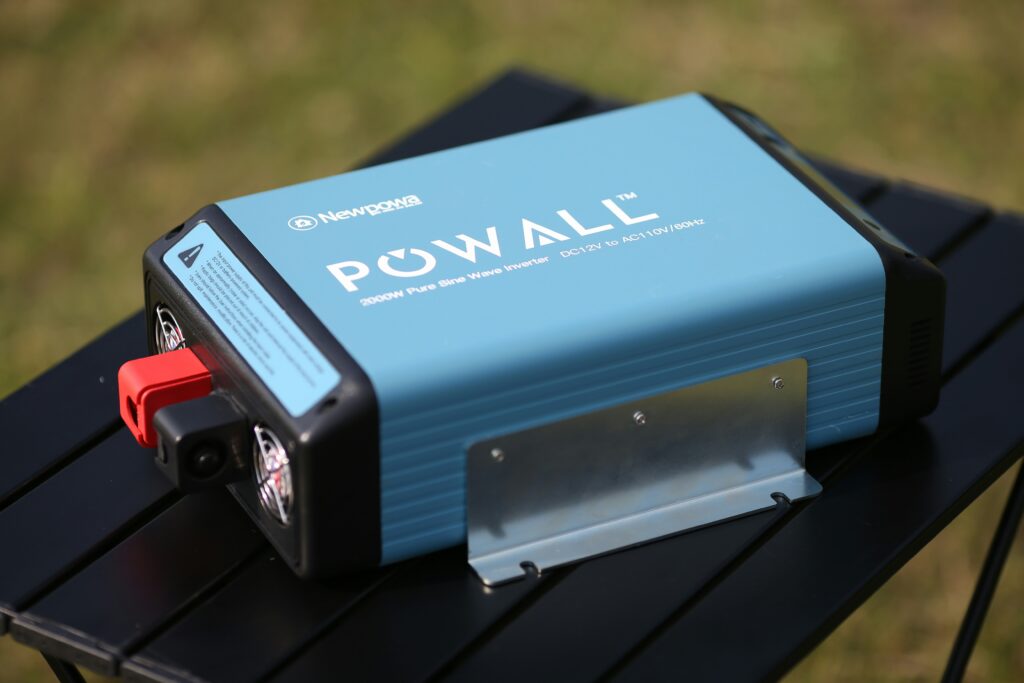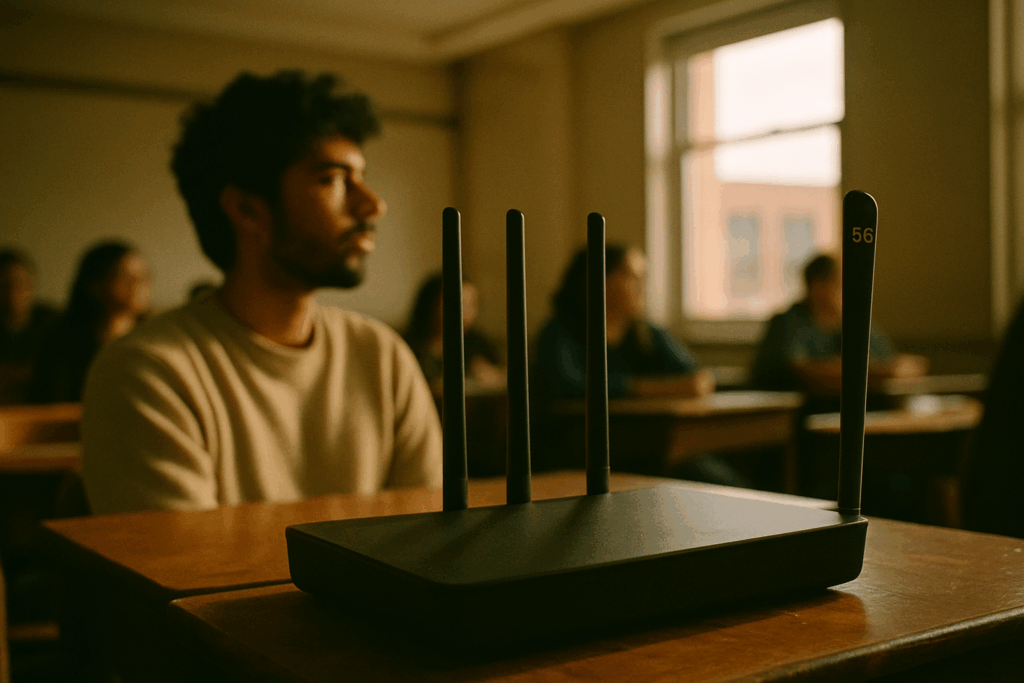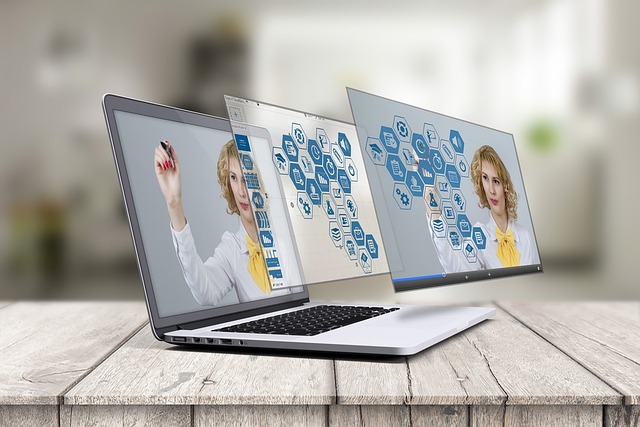The Shift From AI in Apps to AI Embedded in Devices
Not that long ago, AI was mostly something you ran inside your favorite apps. Editing tools, filters, smart captions—all handled in the cloud. Now, it’s crawling into the hardware itself. Phones, cameras, even mics are starting to think for themselves. This isn’t just about speed. It’s about real-time decisions happening on the spot, without needing to ping a server.
That face-framing autofocus in your vlogging camera? AI. That instant audio cleanup on your shotgun mic? Also AI. It’s more than bells and whistles. These core tools are making everyday shoots faster, tighter, and less dependent on post-production. For creators, that means fewer headaches and more freedom to focus on the story.
AI-powered hardware doesn’t just take direction—it reacts alongside you. Context-aware sensors, real-time processing, and smarter automation are making devices feel less like tools and more like creative collaborators. Vloggers who lean into this evolution will save time and look sharper doing it.
AI-focused processors are no longer just for engineers and datacenters. Neural Processing Units (NPUs), Tensor Processing Units (TPUs), and custom edge AI chips are now showing up in everyday devices, from vlogging cameras to smartphones. These chips are built to run machine learning tasks faster, using less power, and right on the device.
This shift matters more than it sounds. When your phone or camera can make real-time decisions—tracking faces, adjusting lighting, suggesting edits—you get sharper, smarter content with almost zero lag. It also means less reliance on the cloud.
That’s a big deal for creators shooting in remote spots or just looking to save time. AI as a background feature used to mean slow processing after upload and draining battery life in the middle of a shoot. Now, it’s baked into the hardware, enabling tools like live captioning, automated scene cuts, or instant color correction—without a trip to the server.
We’re entering the era where devices learn locally. Vloggers no longer need to wait on external engines to optimize footage or fine-tune delivery. The result? Leaner workflows, sharper performance, and more creative freedom on the fly.
Smart devices are leveling up, and they’re not subtle about it. Phones are now packed with AI that sharpens low-light shots, translates languages on the fly, and even starts predicting your next move—whether it’s pulling up your grocery list in the parking lot or queuing up your workout playlist before you ask. This isn’t just convenience. It’s your device trying to think like you.
Wearables are gaining ground too. Beyond steps and heart rate, watches and bands now track how your body responds to exercise in real time, adjusting targets based on sleep, stress, and past performance. That means fewer generic “fitness goals” and more feedback that actually helps.
Then there’s home tech. Learning thermostats are smarter about when to ease off or crank up the heat without wrecking your bill. Security cams use facial recognition to tell familiar faces from strangers, even at night. All of this makes your space less reactive and more responsive.
For vloggers, this tech blends into daily life and content. It’s not just about filming with a smart phone—it’s about showing how these tools shape how we live, think, and move.
AI is no longer just software housed in a server farm. It’s showing up on the factory floor, inside robots, and even in hospital imaging devices. In manufacturing, edge AI is stepping into real-time decision-making. Defect detection happens instantly, right on the assembly line. Predictive maintenance guards against costly downtime by spotting the tiniest performance hiccup before machines break.
Robotics are also getting an upgrade. Pathfinding and object manipulation are sharper, faster, and more adaptive thanks to onboard AI. These machines aren’t just following pre-programmed steps—they’re reacting to the environment, learning as they go.
Healthcare is seeing its own quiet revolution. Imaging tools now come with diagnostic intelligence baked in. Instead of just delivering scans, they can highlight possible issues, assist in triage, and even support early detection of diseases. Doctors are still in charge, but the machines are better assistants than ever. This is intelligence built into hardware, not bolted on later—and it’s changing outcomes.
The Hidden Costs of On-Device AI
Having AI run locally on your phone or camera sounds great until you look under the hood. Privacy is the immediate upside — less data floating around the cloud. But that control comes with tradeoffs that vloggers can’t ignore.
First, there’s heat. Localized AI pulls serious processing power, and smaller devices get hot fast. That heat throttles performance or drains battery at twice the speed. Then there’s power. Cameras and phones weren’t designed to be mini data centers. Running models locally means shorter shoots or carrying battery backups everywhere. Add in space — both physical and digital — and you’ve got a constant juggling act between video quality, AI tools, and storage limits.
The other problem? Innovation moves fast. Devices and features that feel cutting edge today might hit a wall in a year. Upgrading gear is getting more expensive, and staying on the front edge of AI-enhanced vlogging now requires serious investment.
So while localized AI adds new abilities for creators, it still comes at a cost. And creators should budget for more than convenience if they want to keep up.
Intelligent Hardware Meets Next-Gen Tech
Smarter Devices Are Becoming Standard
The next generation of intelligent hardware is set to redefine how we interact with technology. Devices are no longer just connected—they’re adaptive, context-aware, and capable of learning user behavior in real time. From smart home systems to wearables, innovation is accelerating across multiple fronts.
Key trends shaping the future of intelligent hardware include:
- Edge computing integration for faster, localized decision-making.
- Augmented reality interfaces that enhance user interaction.
- AI-powered chipsets that boost processing while reducing energy consumption.
- Sensor-rich environments that adapt to user intent and surroundings.
The Fusion of Hardware and Quantum Tech
As tech continues to evolve, the fusion of intelligent hardware with quantum computing is no longer theoretical—it’s actively unfolding. This convergence stands to revolutionize fields like cybersecurity, deep learning, and real-time data simulation.
- Quantum processors could dramatically increase computational speed.
- Data encryption and decoding may become significantly more advanced.
- Hardware infrastructures must evolve to support quantum workloads.
For a deeper dive into how quantum breakthroughs are shaping this space, check out this article:
Read more: The Rise of Quantum Computing: Key Innovations to Watch
What This Means for Creators and Innovators
Those building products or creating content around tech should be prepared for a shift in how devices behave and perform. Understanding the infrastructure that supports emerging tools could offer new creative and competitive advantages.
- Staying ahead will require continual learning.
- User experiences will become increasingly dynamic and personalized.
- Hardware is no longer static—it’s intelligent, evolving, and deeply integrated.
AI is no longer just a clever algorithm running in the background. It’s getting baked into the chips and circuits themselves. We’re talking about smartphones that tune themselves to how you use them, cameras that improve focus and lighting in real-time, and drones that adapt flight patterns mid-air without direction. The line between software and hardware is fading, fast.
For everyday users, this means devices that feel smarter out of the box. No setup menus. No learning curve. They understand behavior and adjust accordingly. For developers, it creates a shift in how apps are built—less about static code, more about teaching systems to respond to changing inputs.
In industries, this changes the entire equation. From medicine to manufacturing, AI-backed hardware cuts reaction time, improves efficiency, and offers machines that don’t just follow commands but refine them on the go.
The future is learning-based and nimble. Your gear won’t wait for an update—it’ll figure out the update itself.


 Isaac Lesureneric is a tech author at gfxrobotection focusing on digital security, automation, and emerging technologies. He shares clear, practical insights to help readers understand and adapt to the rapidly changing tech world.
Isaac Lesureneric is a tech author at gfxrobotection focusing on digital security, automation, and emerging technologies. He shares clear, practical insights to help readers understand and adapt to the rapidly changing tech world.

